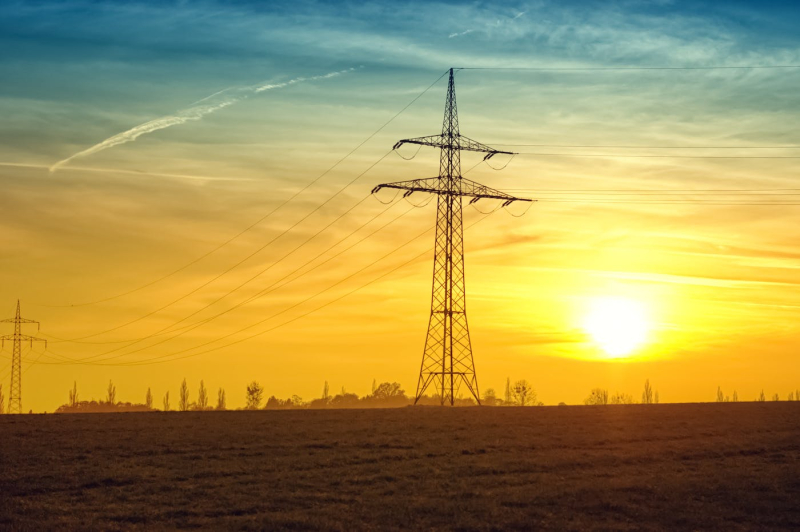
© Pixabay/Pexels
It’is undeniable, the share of electric cars on French soil n’has never been so high. In November 2023, these represented 20% of vehicles in France. The resulting state of affairs is therefore rather simple to understand: the more EVs there are in operation, the more the electricity network must support this change. Will the latter therefore be sufficiently solid?? A recent public report from the Electricity Transport network (RTE) looked into the question.
Electric consumption: a complex equation
If we are to believe the latest data collected by a public government study , the entire fleet of electric and plug-in hybrid vehicles (around 1.49 million cars) consumed 1.3 TWh over the year 2023. Consumption which is equivalent to that of a city the size of Lyon over the same period.
RTE wants to be rather reassuring and affirms that France will be largely capable of satisfying the electric demand of EVs. The latter will rise, according to estimates, to 35 TWh by 2035. Or less than 10% of national electricity production. On paper, everything works!
On the other hand, where things could get complicated is during consumption peaks, particularly during ;winter. If these recharges are poorly governed (for example, by failing to encourage owners to recharge vehicles overnight), there could be a phenomenon of excess demand compared to what the network can provide.
Two solutions are then possible:
- Increase our electricity production capacity.
- Use other sources of energy that can be activated more quickly, such as gas for example. Fossil sources therefore.
Without careful planning and precise control of EV charging, there is indeed a risk of network overload. Therefore, this would require us to rely more on unsustainable energy sources to cushion these peaks.
V2G technology: the keystone of a successful transition?
In addition to & #8217;controlled management of energy distribution, a potentially exploitable solution to mitigate this phenomenon would be V2G (Vehicle-to-Grid). It allows the vehicle in charge to return energy to the network when demand is too high.
The problem is that this technology is still too little widespread. We know that the future Renault R5 will support it, but currently, apart from Nissan, Renault and Mitsubishi, no manufacturer has really looked into the subject to integrate V2G into their vehicles.
To fully embrace the issue of the capacity of the French electricity network to absorb this change, the gross production figure is not the only factor to consider. It is only part of the equation and in reality, success is more the result of intelligent management of demand and supply. The problem of these famous peaks has not yet been fully resolved, and it is quite possible that the national network will find itself caught off guard in the future.
< ul class="tldr">
📍 To not miss any news from Presse-citron, follow us on Google News and WhatsApp.
[ ]

